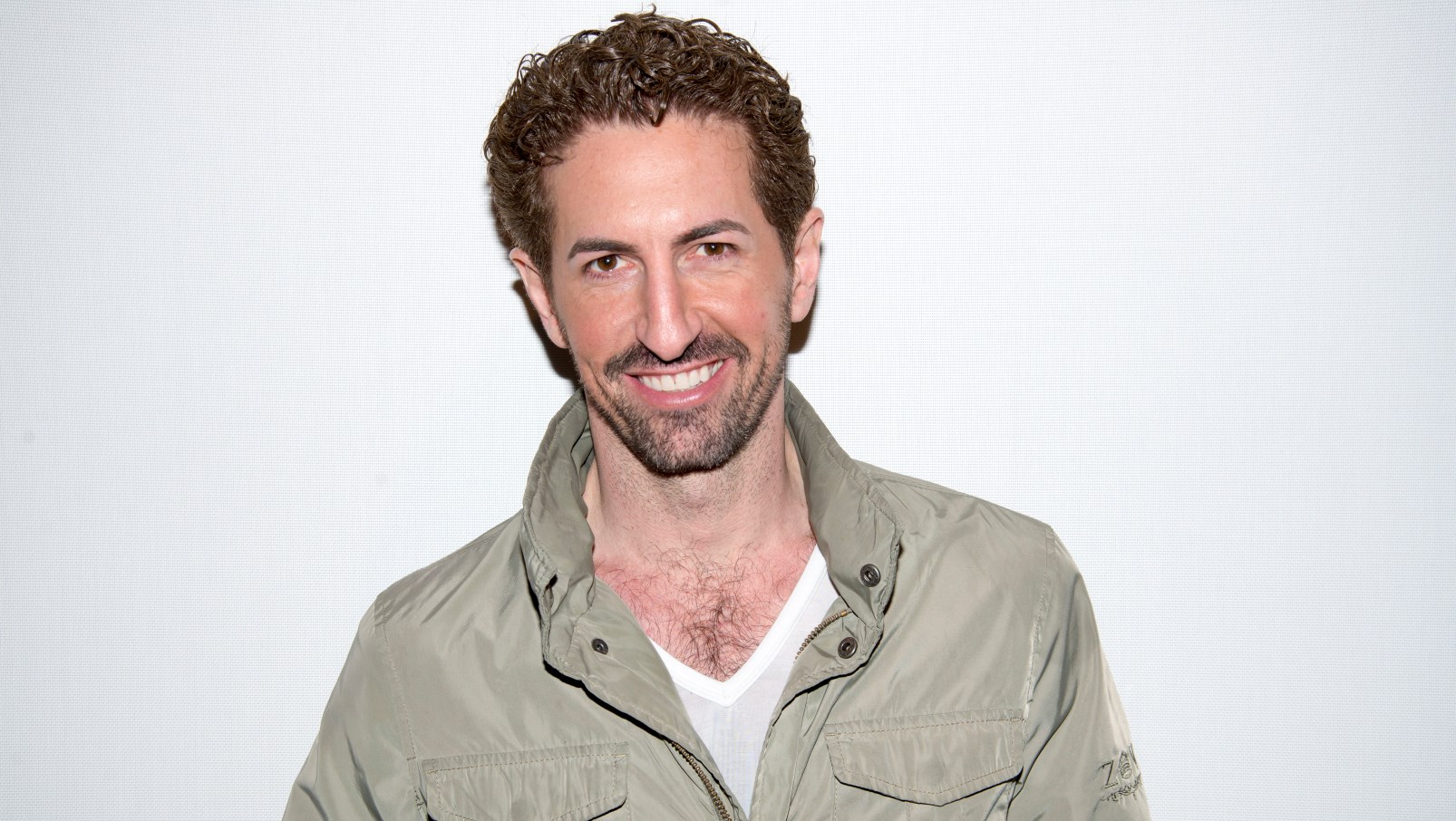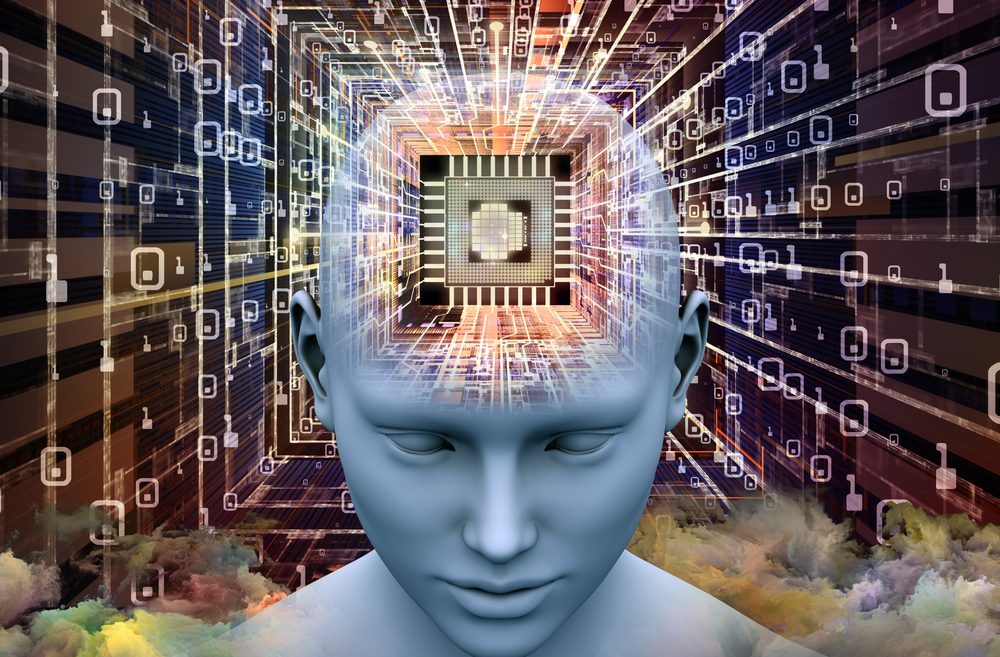As a kid in Tel Aviv, Israeli neuroscientist Moran Cerf hacked computer games. In his 20s, he hacked websites for banks to find holes in their cybersecurity. After earning a doctorate in neuroscience from the California Institute of Technology, he began hacking the human brain.
“I can trace everything I do now to computer games like Donkey Kong that I hacked in the 1980s,” Cerf tells ISRAEL21c.
Now a 41-year-old associate professor of business and neuroscience at Northwestern University’s Kellogg School of Management in Chicago, Cerf speaks across the globe about the brain science of dreams, free will, decision-making, learning, attention, memories and emotions.
Thanks to patients who agree to have wires implanted while they are already undergoing open brain surgery, Cerf is one of a handful of neuroscientists with a direct window into the human brain.
Understandably, he gets research requests from far and wide.
He can help marketers reach customers, managers make decisions, and entertainment executives engage viewers. He can interact with your dreams and change your thinking to overcome biases, bad habits or negative thoughts.

A storytelling champion, author, serial inventor, and consultant for the entertainment and consumer-products industries, Cerf also teaches an annual American Film Institute screenwriting class on science in films.
ISRAEL21c had a million questions for Cerf but we managed to narrow them down to 10.
I21c: How can your research benefit education?
MC: I work with a large company, SS&C, which builds investment management software. SS&C has an online Learning Institute to teach complex stuff to investment management professionals. They wanted to know how to measure if people in a course are actually learning. So they started a project with us, financed by big American banks, to understand how the brain works during learning and to help kids — as well as traders — learn how to learn.
As part of our experiment, we had kids in a class wearing a device on their head that sends feedback to the teacher on a screen about their attention. This way she knows if some of them didn’t get what she just said and she has to explain it again; or if they all got it and she can move on.
We want to find a better interface so teachers in the future could get immediate feedback on how the information landed. We might see better ways to match teachers and students, forming classrooms by brain alignment rather than by age or ability.
I21c: How can your research improve decision-making?
MC: With our personality analysis, we can tell you if your brain makes better choices in the morning/evening, when you’re alone/with people, hungry/full, for example. And, generally, we can characterize optimal states for certain decisions.
We can do that with high fidelity, but it’s super tedious, so it’s done only in lab settings for now. Theoretically, you’d have to wear an EEG cap for five days non-stop, from boardroom to bedroom, and give us a diary of all your activities and choices you made, and which ones you are happy and unhappy with. We look at the ones you’re happy with and look at your brain state and pinpoint the conditions when you make decisions you end up liking. Once the devices become cheaper and less intrusive, this analysis could become popular.
We’ve also looked at the brain states of Silicon Valley investors when making investment choices based on a one-minute pitch. Our findings can help these investors make big decisions better.
I have spent lots of time with [renowned Israeli behavioral economist] Dan Ariely. He and a few others have mapped the biases that lead people to make mistakes, and suggested these mistakes are predictable and consistent. Neuroscience says if something is predictable there’s a root to that in your brain. By mapping your brain regions that govern those biases perhaps we can help you overcome your flaws so you can make better decisions.
I21c: Please share one example illustrating your role as a consultant to the television industry.
MC: In January 2016 I was contacted by Mark Goffman, the head writer of the CBS series “Limitless.” A large part of the premise of the series was figuring out how a magic pill works to make you think better. But they actually had no idea how the pill works. So I sat with the writers and suggested a way — still science fiction, but at least consistent and based on how the brain really works. In the end, the series was canceled before the second season where the answer would have been revealed.
I21c: How did you start inventing things and what have you invented lately?
MC: In the year 2000, I spent six months working at Systematic Inventive Thinking (SIT), an Israeli company that helped companies invent ideas. This was a first push. I still have this Israeli tech mindset, so when a student has an interesting result I think how a tech company could use it.
One of my students and I patented a device that allows you to look at people’s brains and assess the level of engagement they have with content. This is already commercialized and mainly used by ad agencies, insurance companies and Hollywood. Let’s say you have a movie coming out. You can show it to people and we can see in their brain the moment they are engaged and the moment they get bored.
I21c: Did your upbringing impact your career trajectory?
MC: My mom insisted I go to an art school where I could study music and ballet. That meant I had to catch up afterward on my sciences education. But at the same time, from the age of seven, when I made my first appearance on a TV show, my unusual education informed my ability to understand how to communicate complex science ideas on a big stage. Most scientists have a hard time with that.
As a kid of the 1980s, I grew up with computers and learned English through Quest computer games. If I couldn’t figure out puzzle solutions I would mail a letter to the company in Silicon Valley and wait three weeks for a response.
I got into dialogue groups with people talking about hacking computers. They used screen names but I later found out that many of them were known hackers, including Julian Assange, who would found WikiLeaks. Being engaged with the hacking community shaped my ability to hack computers, which got me into a military intelligence unit and into my first career as a hacker. That informs much of my work as a neuroscientist. I look at problems like a hacker does.
I21c: What did your army experience teach you?
MC: All of a sudden I had more people like me to interact with, some of them smarter than me. So I guess I learned about failure. And they taught me that hacking could be a legitimate thing.
To this day I thank the army for teaching me how to meet deadlines under pressure and to sleep under any conditions. In the US, my students often think it’s impossible to meet a tight deadline. In the army you don’t have a choice — maybe you won’t sleep for four days, but the task will get done.
I21c: What would you change in your own brain if you could?
MC: I speak way too fast, and it’s hard for my students. I would love to adjust my meter. On a more noble level, I would love to be able to increase empathy and understand other people better. I would like to pick specific people to align my brain with, parents and friends, to better understand them.
I21c: You talk about the importance of surrounding ourselves with people we want to emulate. Who do you want to emulate?
MC: Comedians. There is something about comedians’ fantastic outlook on the world that observes things from different angles. And they’re really, really bright. They put themselves in the minds of others and break it down to know what causes laughter.
I21c: You have a nonprofit venture called B-Cube, which partners with companies to support neuroscience research in areas that could help both the client and greater society. Tell us about one of the projects.
MC: One company we work with is a large credit bureau in the US. Their customer-service reps sometimes spend hours explaining things to the most challenged individuals – people with low income and low credit — and those people still don’t understand how to apply some of the ways to escape the spiral of poverty.
The company wanted to use neuroscience to learn how to communicate with those people better. We can do that research for them and then apply it to a lot of domains, like medical instructions. Often, doctors give patients instructions and the information doesn’t “land.”
I21c: What do you miss about Israel?
MC: There’s an old story about a beggar who gets two coins and buys bread and a flower — bread so he can live and a flower so he has something to live for. All my friends, all my life, are in Israel and it’s almost like I’m missing the flower. If I do something remarkable in the US I want to ask my friends in Israel what they think because it doesn’t mean a lot if you don’t have your friends and family to reflect on it.
Also, there’s a sense in Israel that everything is possible. In the last 10 years in the US, I got used to rules and asking permission. I miss the anarchy a little.
To read our first article on Moran Cerf’s research into dreams, click here.













